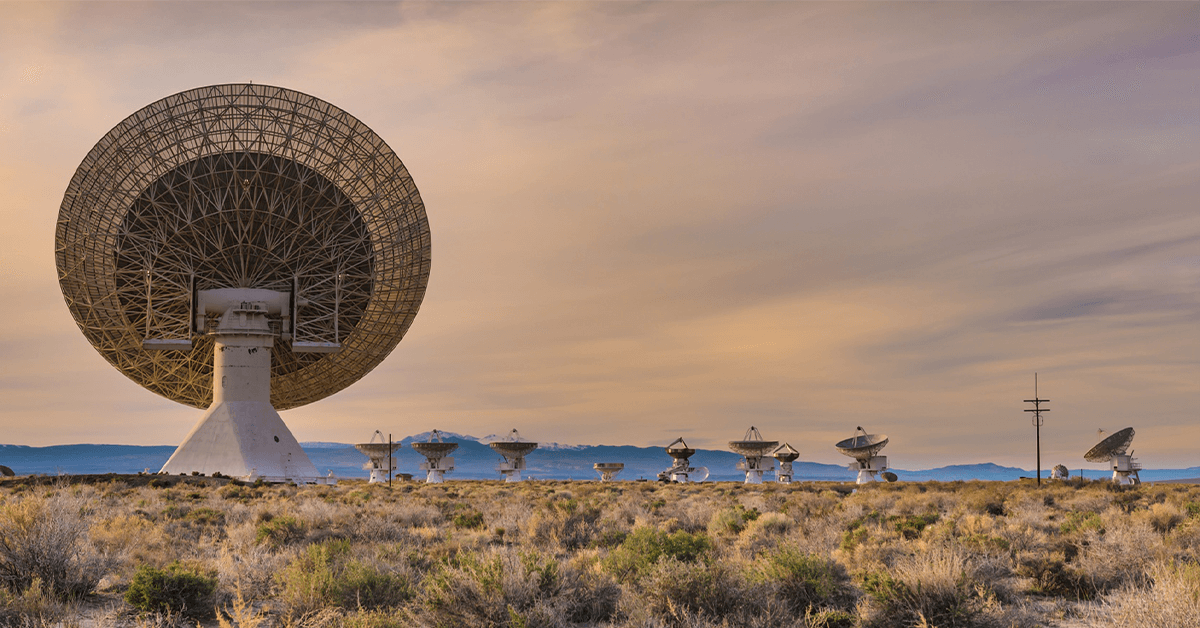The National Science Foundation has extended a $10.5 million funding for a team led by non-profit national security advisory firm MITRE to conduct dynamic spectrum sharing research and development.
The team, dubbed “SPARKIE,” will initially establish an experimental dynamic spectrum-sharing zone at the Hat Creek Radio Observatory in California that would shield radio telescope operations from interference of local spectrum users, such as cellular devices, Wi-Fi and Bluetooth, MITRE said.
Table of Contents
Portal to Next-Generation Connectivity
The non-profit firm added that as research on dynamic spectrum advance, the technology’s sharing could usher in next-generation connectivity resources for national security and critical infrastructure.
SPARKIE’s experiments, which will involve spectrum research facilities, will design and develop a toolkit for radio dynamic spectrum sharing environments.
The MITRE-led team is composed of spectrum engineers, academics and radio astronomy researchers from the non-profit research organization SETI Institute and five educational institutions: Northeastern University; University of Texas, Austin; University of Utah; University of Colorado at Boulder; and University of California, Berkeley.
Remedy for Radio Spectrum Shortfall
NSF is funding the team through its National Radio Dynamic Zones program, which John Chapin, the foundation’s special advisor for spectrum, said will help solve the radio spectrum shortfall due to the rapid rise of wireless communications and other uses.
“NSF is supporting this team to test innovative new ways to increase spectrum availability for diverse use cases, such as sharing spectrum between wireless communications networks and radio telescope facilities,” he added.





